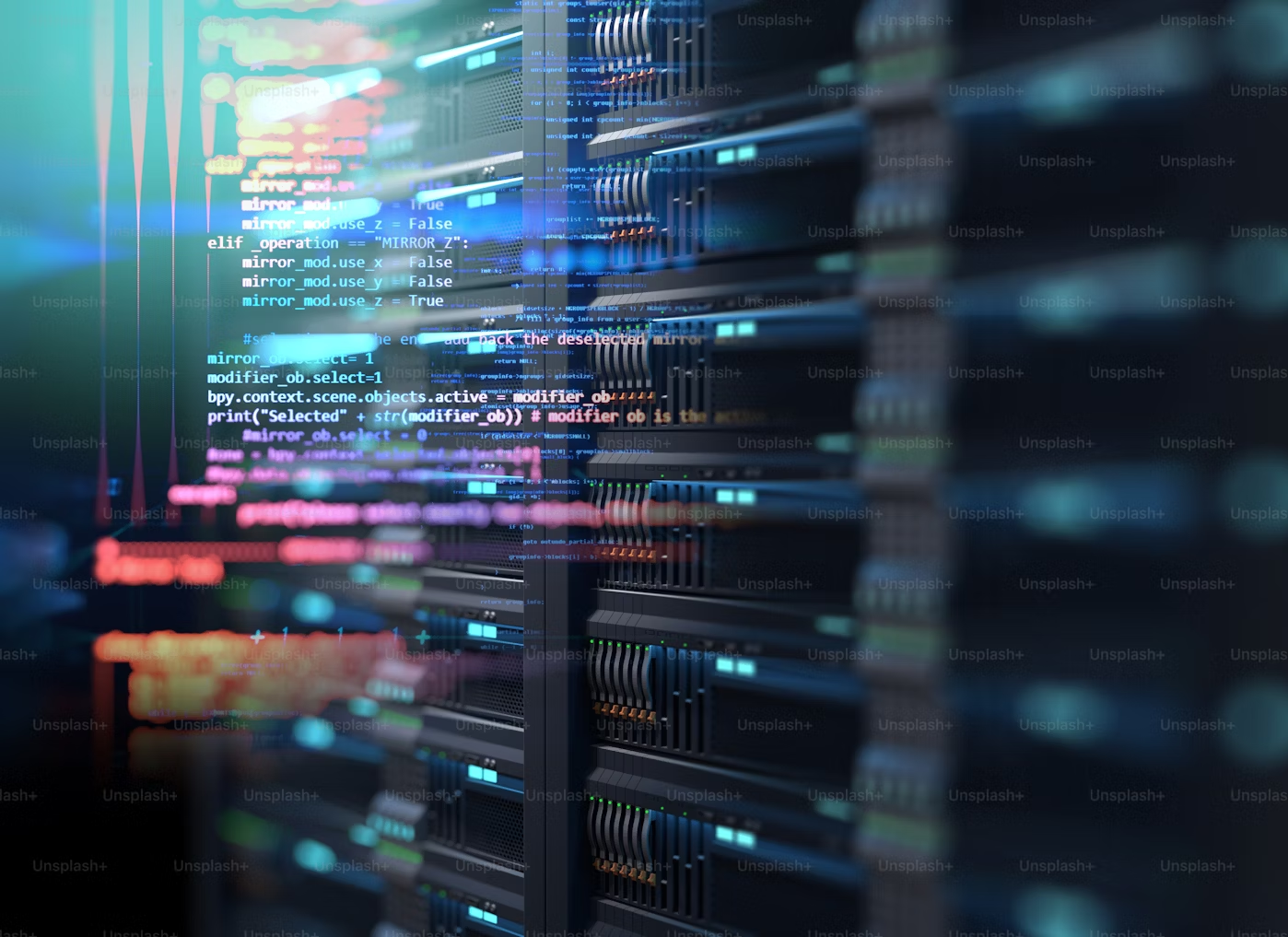Understanding Cybersecurity Fundamentals Verso: A Comprehensive Guide

Understanding Cybersecurity Fundamentals Verso: A Comprehensive Guide
In today’s digital age, understanding cybersecurity fundamentals is crucial. With cyber threats constantly evolving, it’s essential to stay informed about the best practices for protecting your digital assets. This article will explore the key concepts, strategies, and practices that form the foundation of cybersecurity.
What is Cybersecurity?

Cybersecurity refers to the practices and technologies designed to protect systems, networks, and data from cyber-attacks. It encompasses a wide range of activities, including protecting sensitive information from unauthorized access, ensuring the integrity and confidentiality of data, and defending against various cyber threats such as malware, phishing, and ransomware.
How to Become an Ethical Hacker
The Importance of Cybersecurity Fundamentals
Cybersecurity is vital for several reasons:
- It protects sensitive data from breaches that could lead to financial loss, reputational damage, and legal consequences.
- It ensures the smooth operation of systems and networks, preventing disruptions caused by cyber-attacks.
- It helps build trust with customers and stakeholders by demonstrating a commitment to security.
Key Concepts in Cybersecurity
Confidentiality, Integrity, and Availability (CIA)
The CIA triad is a foundational concept in cybersecurity.
- Confidentiality: Ensuring that sensitive information is accessible only to those authorized to view it.
- Integrity: Maintaining the accuracy and completeness of data over its lifecycle.
- Availability: Ensuring that information and systems are accessible to authorized users when needed.
Threats and Vulnerabilities
Understanding the difference between threats and vulnerabilities is crucial in cybersecurity.
- Threats: Potential events or actions that can cause harm to an organization’s assets. Examples include malware, phishing attacks, and insider threats.
- Vulnerabilities are weaknesses in a system that threats can exploit. These can include software bugs, misconfigurations, and inadequate security policies.
Cybersecurity Strategies and Best Practices
Risk Assessment and Management
Conducting regular risk assessments is essential for identifying and mitigating potential threats. This involves:
- Identifying assets that need protection
- Assessing the potential impact of various threats
- Implementing measures to reduce identified risks
Strong Password Policies
Implementing strong password policies is an essential yet effective cybersecurity measure. Best practices include:
- Using complex passwords with a mix of characters
- Changing passwords regularly
- Avoiding the reuse of passwords across multiple accounts
Multi-Factor Authentication (MFA)
MFA adds an extra layer of security by requiring users to provide two or more verification factors to gain access to a system. These factors can include something the user knows (password), something the user has (smartphone), or something the user is (fingerprint).
Regular Software Updates and Patch Management
Keeping software and systems up to date is crucial for protecting against known vulnerabilities. Organizations should implement a patch management process to ensure timely updates.
Employee Training and Awareness
Human error is a significant factor in many cyber incidents. Regular training and awareness programs can help employees recognize and avoid common threats, such as phishing and social engineering attacks.
Protecting Different Aspects of Cybersecurity
Network Security
Network security involves protecting the infrastructure that connects devices and systems. Key practices include:
- Using firewalls to block unauthorized access
- Implementing intrusion detection and prevention systems
- Encrypting data in transit
Endpoint Security
Endpoints, such as computers and mobile devices, are common targets for cyber attacks. Protecting these devices involves:
- Installing antivirus and anti-malware software
- Implementing device encryption
- Enforcing security policies for remote access
Data Security
Data security focuses on protecting the integrity and confidentiality of data. Important measures include:
- Using encryption to protect data at rest and in transit
- Implementing access controls to limit who can view or modify data
- Regularly backing up data to prevent loss
Application Security
Applications can be vulnerable to various attacks, including SQL injection and cross-site scripting. Protecting applications involves:
- Conducting regular security testing and code reviews
- Implementing secure coding practices
- Using web application firewalls to block malicious traffic
Incident Response and Recovery
Despite the best preventive measures, cyber incidents can still occur. Having a robust incident response plan is crucial for minimizing damage and recovering quickly. Key steps include:
- Preparing an incident response team
- Detecting and identifying the incident
- Containing and eradicating the threat
- Recovering systems and data
- Conducting a post-incident review to improve future responses
Emerging Trends in Cybersecurity
-
Artificial Intelligence and Machine Learning
AI and machine learning are increasingly being used to enhance cybersecurity. These technologies can help detect anomalies, predict potential threats, and automate responses.
-
Zero Trust Architecture
The zero-trust model assumes that threats can come from both inside and outside the network. It requires strict identity verification for every person and device attempting to access network resources.
-
Cloud Security
As organizations move to the cloud, securing cloud environments becomes critical. This includes understanding shared responsibility models, implementing strong access controls, and using encryption.
Final Thoughts
Understanding cybersecurity fundamentals is essential for protecting against the ever-evolving landscape of cyber threats. By implementing best practices and staying informed about emerging trends, organizations can significantly enhance their security posture. Remember, cybersecurity is not a one-time effort but an ongoing process that requires continuous vigilance and improvement.
Useful Keys:
Questions and Answers
Q: What is the difference between a threat and a vulnerability? A: A threat is a potential event or action that can cause harm to an organization’s assets, while a vulnerability is a weakness in a system that threats can exploit.
Q: Why is multi-factor authentication necessary? A: Multi-factor authentication adds an extra layer of security by requiring users to provide two or more verification factors, making it more difficult for attackers to gain unauthorized access.
Q: What are some standard methods for protecting data security? A: Common methods include using encryption, implementing access controls, and regularly backing up data.
Q: How does AI enhance cybersecurity? A: AI and machine learning can help detect anomalies, predict potential threats, and automate responses, making it easier to identify and mitigate cyber threats.
Q: What is the zero-trust model in cybersecurity?A: The zero-trust model assumes that threats can come from both inside and outside the network and requires strict identity verification for every person and device attempting to access resources.
For more information on cybersecurity fundamentals, visit the cybersecurity website.



